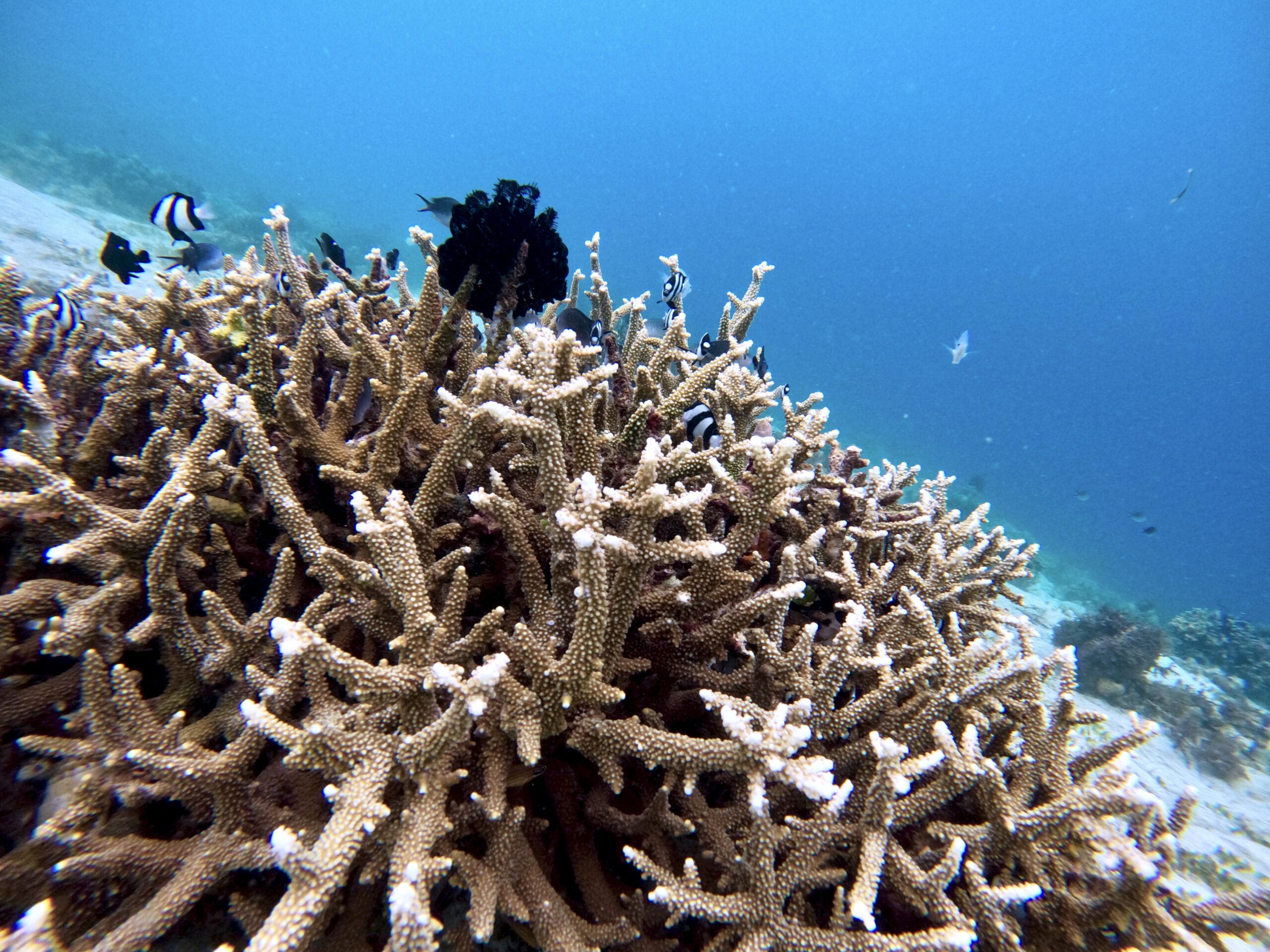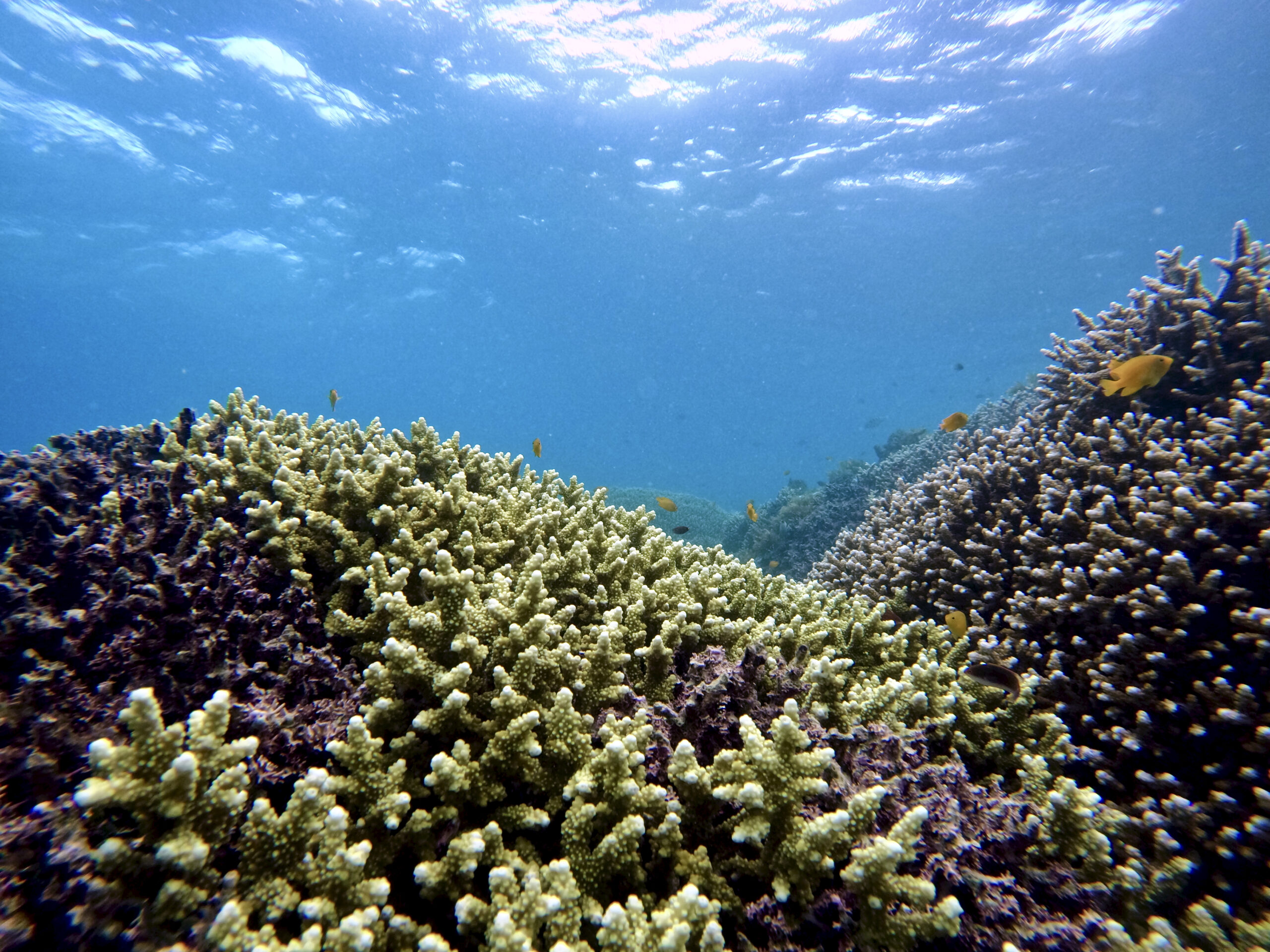Think on these
by Henrylito D. Tacio
Photos courtesy of Harry Morris
So many events, celebrations, and anniversaries are being done in the month of October. In Zamboanga City, it’s the time of Hermosa Festival – Celebration de Colores – a month-long celebration commemorating the Feast of Nuestra Senora la Virgen del Pilar (Our Lady of Pillar). It also introduces the Patroness of Asia’s Latin City.
This year, it is including the endangered coral reefs as part of the festivity. In fact, one of the highlights of the said festival is the holding of a dive safari at the famed Pink Island in barangay Sta. Cruz.
Justine Robin Brett, Sangkalikasan Producers Cooperative (SPC) Goodwill Ambassador was invited by the city government and the tourism office to give an inspirational speech during the program.
During her speech, she lauded City Mayor John Dalipe, Councilor Vino Guingona, City Tourism Officer Sarita Sebastian, and the Zamboanga divers for their efforts in saving the coral reefs of Zamboanga.
“The Southern Philippines is not alone,” said Brett, who’s from Baguio City. “We have no more time and the time to act is now. Zamboanga City serves as our inspiration with its progressive plans to integrate ecosystem conservation, tourism and industrialization.”
Coral reefs are the marine equivalent of rainforests and are considered one of the planet’s essential life-support systems. Only 0.17 percent of the ocean floor is occupied by coral reefs, and the warm shallow seas of the Southeast are home to some of these.
Coral reefs are constructed by millions of minute animals called coral polyps, each of which lives inside a protective limestone skeleton.
Our country is estimated to have about 27,000 square kilometers of coral reefs within a 15- to 30-meter depth. In 1991, about 70% of these reefs were considered to be in poor or fair condition, and only five percent were in excellent condition. Today, the situation is getting worse.
This is bad news, indeed. An estimated 10-15 percent of the fish we consumed come from coral reefs. “Coral reef fish yields range from 20 to 25 metric tons per square kilometer per year for healthy reefs,” Dr. Angel C. Alcala, former environment secretary, told us during the Ninth International Coral Reef Symposium held in Bali, Indonesia.
If you don’t know it yet, there are three major types of coral reefs. These are the fringing type (those found in the edges of the island and which constitutes 30% of our coral reefs); the barrier type (best exemplified by the Dajanon Reef of Central Visayas); and the atoll (of which the Tubbataha and Cagayan Reefs in the Sulu Sea are ideal examples).
The Philippines is home to over 400 local species of corals, which is more than what is found in the famous Great Barrier Reef of Australia. No wonder, our country is right in the middle of the global center of marine biodiversity that is also denoted as the Amazon of the Seas.
Unfortunately, most of these species are no longer around, and others are facing extinction. “Nowhere else in the world are coral reefs abused as much as the reefs in the Philippines,” deplores Don E. McAllister of the Ocean Voice International.
The decline is thought to be due primarily to destructive human activities. “Many areas are in really bad shape due largely to unwise coastal land use, deforestation and the increasing number of fishermen resorting to destructive fishing methods,” said marine biologist Porfirio M. Alino.
Destructive fishing methods – ranging from dynamite blasts to cyanide poisons – are destroying vast areas of reef.
Also contributing to the destruction of our coral reefs are sedimentation from erosion of soil from deforestation; the quarrying of coral reefs for construction purposes; pollution from industry, mining, and municipalities; and coastal population growth.


“The degradation of coral reef ecosystems in the Philippines and other places could have dire consequences,” says State of the Reefs distributed during the International Coral Reef Initiative that was held in Cairns, Australia, which I also attended. “Its destruction can greatly reduce fish production, thus endangering the fish supply in the country.”
So, how can we save our coral reefs from completely vanishing in our waters? “The only way to save coral reefs from extinction and restore their productivity is to limit access to them,” suggests Dr. Edgardo D. Gomez, a world-renowned marine scientist who has published extensively on coral reef resource management and ecology. “This is no mean task, but it seems it is the only means we can save our coral reefs from disappearing in this part of the world.”
My friend, Dr. Rafael D. Guerrero III, a fishery expert, urges every Filipino to save the remaining coral reefs from total destruction.
“We are the stewards of our nation’s resources; we should take care of our national heritage so that future generations can enjoy them,” says Dr. Guerrero, an academician at the National Academy of Science and Technology. “Let’s do our best to save our coral reefs. Our children’s children will thank us for the effort.”

